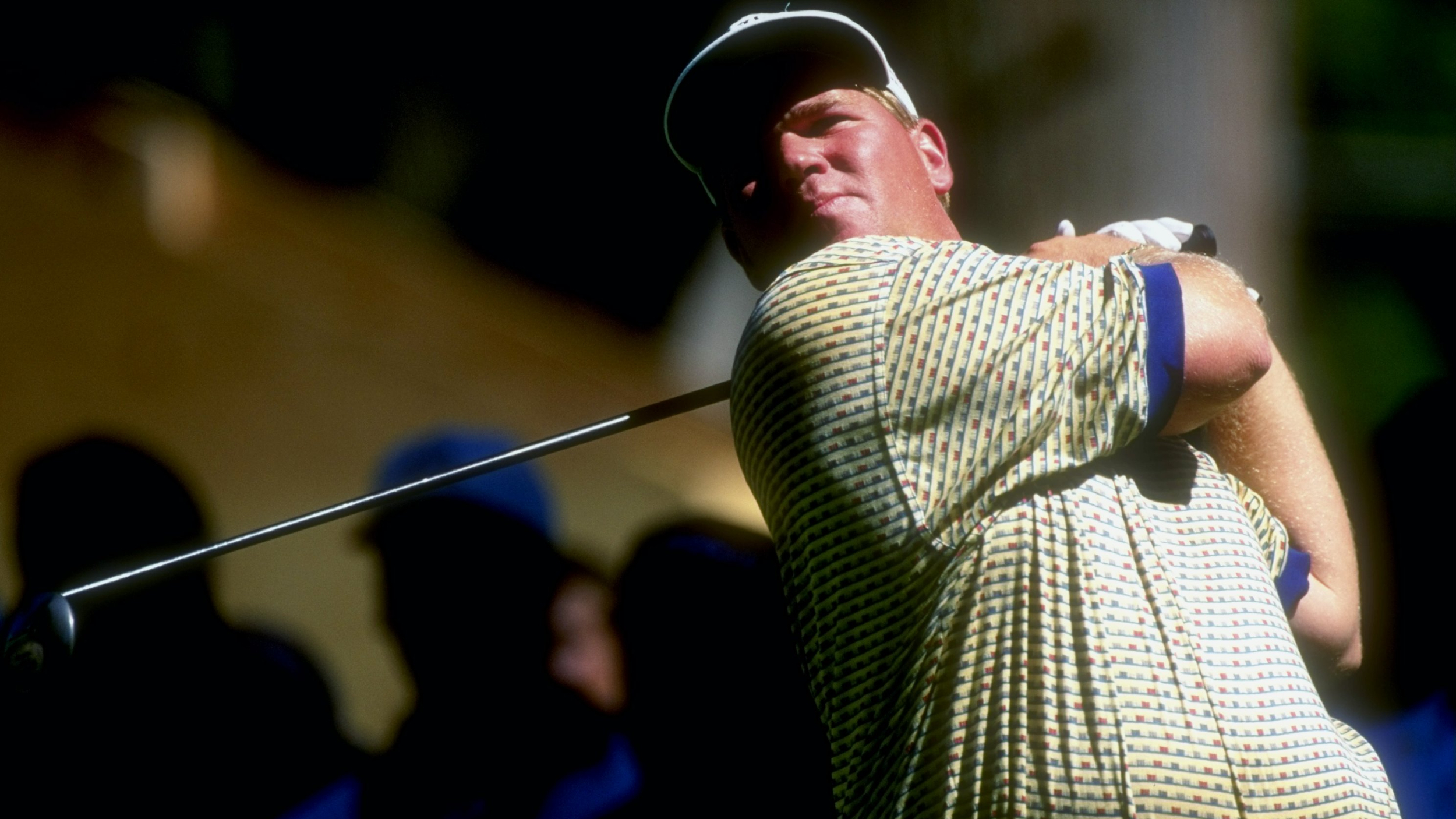
After years of debate over how to tackle the issue of increasing driving distances of players, there may finally be a solution in the form of the golf ball rollback plan revealed by the USGA and The R&A.
While the changes will reduce average driving distances for players at all levels, they will be particularly pronounced in the elite game, with the game’s longest hitters anticipating a reduction of between 13 and 15 yards when it comes into force in 2028, and between 9 and 11 yards for the average male elite golfer.
But just how dire a problem has the issue become? One of the best ways to find an answer is by looking at driving distance averages over the years on the PGA Tour.
The PGA Tour’s driving distance records date back to 1987. At that time, the average for the season was 262 yards, with John McComish leading the way with an average of 283.9 yards. For context, McComish would be 187th with the same average in the 2022/23 season, nestled between Paul Haley II and Ryan Armour.
In the 35 years since, driving distance averages have gradually crept up although, by 1993, the overall average had reduced to 259.8 yards even with the efforts of John Daly, who topped the list with an average of 288.9 yards.
That period proved something of an anomaly and after its brief dip beneath 260 yards, the trend had reversed the year after when it stood at 261.2 yards. Just four years later, in 1998, the average had breached 270 yards, with Daly again leading the way, and the PGA Tour average was almost 16 yards higher by 2003, at 285.9 yards.

For the next decade, distances didn’t increase that quickly, with the 2013 figure standing less than two yards higher than the 2003 average, at 287.2 yards. During the years in between, the figure largely bobbed around the 280s, too, with only 2011 breaking 290 yards, at 290.9.
That period of relative stagnation continued for several more years. So, had an upper limit been found? That was answered after the 2016/17 season, when, helped by Rory McIlroy’s leading average of 317.5 yards, a new all-time high of 292.5 yards was found. A year later, that had increased to 296.1 yards with McIlroy again at the top.

By the end of the 2020 season, Bryson DeChambeau topped the list as the average reached 296.4 yards and today, the average driving distance on the PGA Tour stands a hair short of 300 yards at 299.9, with McIlroy once again on top with a gigantic 326.3 average. An honourable mention to rookie Ludvig Aberg, too, for his 317.1 yards.
While no doubt impressive, one of the big concerns over the increased driving distances is that many courses are becoming obsolete as there is not the room around them for expansion.
Following the announcement of the golf ball rollback plan, CEO of The R&A Martin Slumbers addressed that worry, saying: “We are convinced that this decision is one of the key ways of achieving a sustainable future for golf, protecting the integrity of the game and meeting our environmental responsibilities.
“We are acting now because we want to ensure that future generations can enjoy the unique challenge of golf as much as we do."
Considering the rapid rate of driving distance increases on the PGA Tour in the last 36 years, it’s hard to disagree that his concerns are valid.







